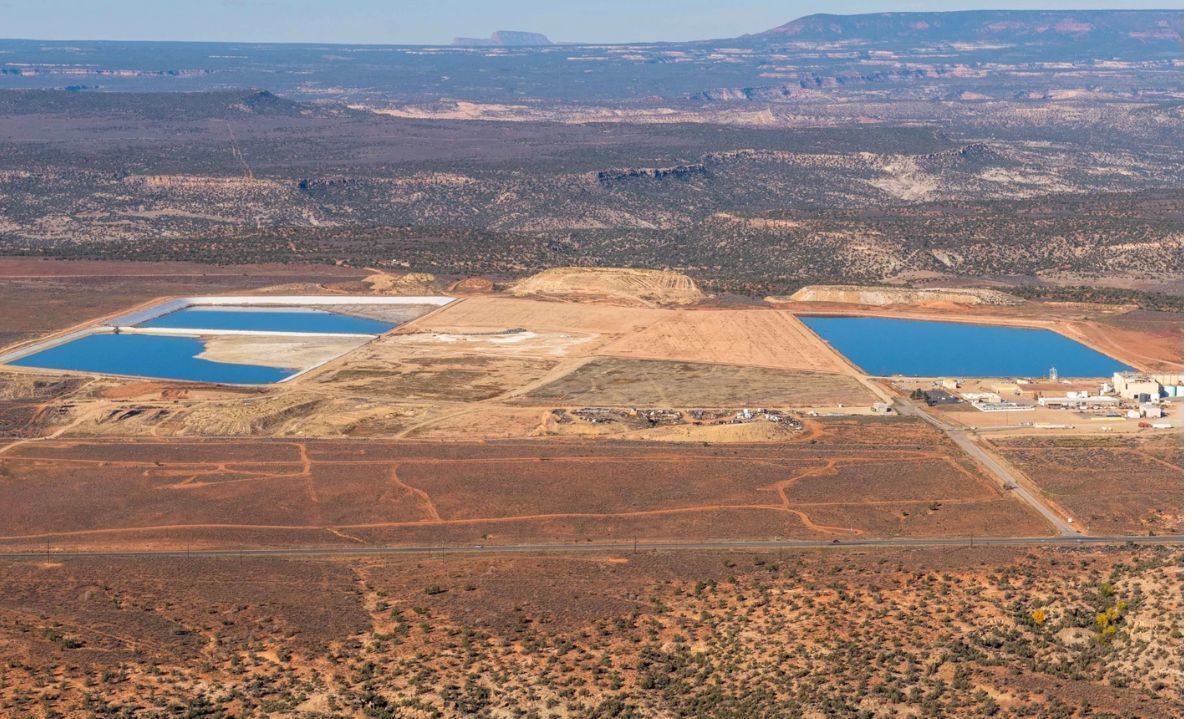
Sassy reports on its ongoing acquisitions of uranium properties in the western United States, marking a milestone in terms of the most prolific uranium districts.
These strategic moves are solidifying Sassy's position as the primary landholder in Lisbon Valley, Utah, a region with a rich history of uranium production and home to several past-producing mines and deposits. This expansion underscores Sassy's commitment to advancing its presence in one of Utah's historically most prolific uranium districts.
Sassy's recent binding LOIs, announced on March 1, 2024, have expanded to include a Utah state lease adjacent to the claims forming the Central Lisbon Project, maintaining the terms of the transaction. This addition complements Sassy's growing presence in the Lisbon Valley, positioning the company as a major player in this historic uranium-producing district.
The Lisbon Valley land package being acquired by Sassy, which includes both North Lisbon and Central Lisbon, covers approximately two-thirds of this renowned district. Spanning 16 miles in length and up to 1 mile in width, the Lisbon Valley was a prolific uranium producer from 1948 to 1988, contributing 78 million pounds of uranium to the United States' domestic production, accounting for 9% of the total output during that period. Most of this production came from the Moss Back member of the Chinle Formation, as detailed in Chenoweth's 2006 publication by the Utah Geological Association.
Mr. Mark Scott, President and CEO of Sassy, remarked, "We are advancing towards finalizing the definitive agreement announced on March 1. Utah stands out as one of the most favorable and dynamic business environments in America, boasting the country's sole operating conventional uranium mill, Energy Fuels' White Mesa. With the Independence Property already permitted for small-scale production, this agreement solidifies our leadership position in the strategically significant Lisbon Valley District, offering considerable exploration potential. We are assembling a skilled team poised to unlock the inherent value of these assets, which include 14 previously productive properties, thereby maximizing the benefits for Sassy shareholders."
Moreover, the underlying Cutler Formation, known for its extensive sandstone units, presents significant untapped exploration potential. Despite being recognized as an economically viable host for uranium since the late 1970s, the Cutler Formation remains underexplored, offering promising opportunities for new discoveries.
The Lisbon Valley stands out as one of the most prolific uranium-producing regions in the United States, surpassed only by the Jackpile-Paquate area in Cibola County, New Mexico. Alongside uranium, substantial quantities of vanadium oxide (V2O5) were also extracted, particularly in the central and southern parts of the Lisbon Valley, totaling more than 24 million pounds. These historical production figures, documented in Chenoweth's 2006 publication, underscore the rich mineral endowment of the Lisbon Valley and highlight its significance in the history of uranium mining in the United States.




